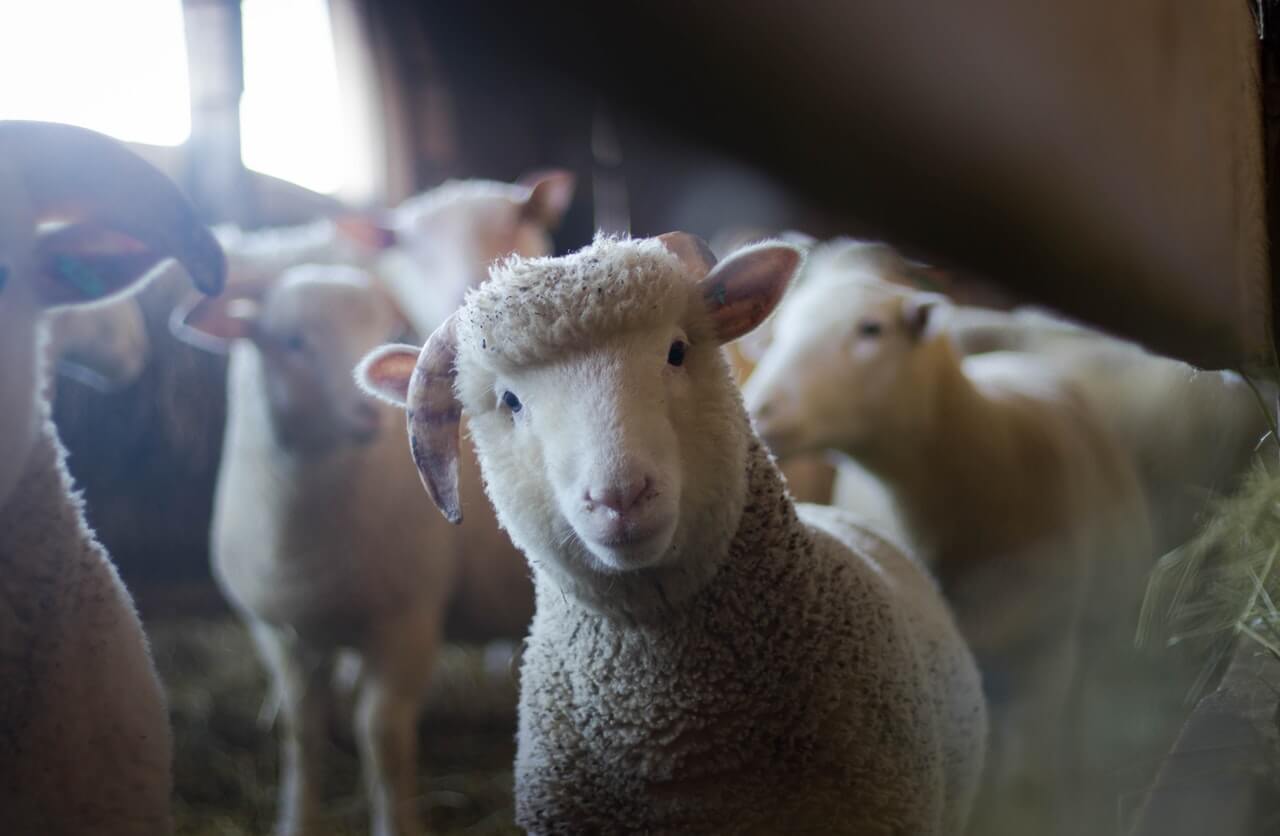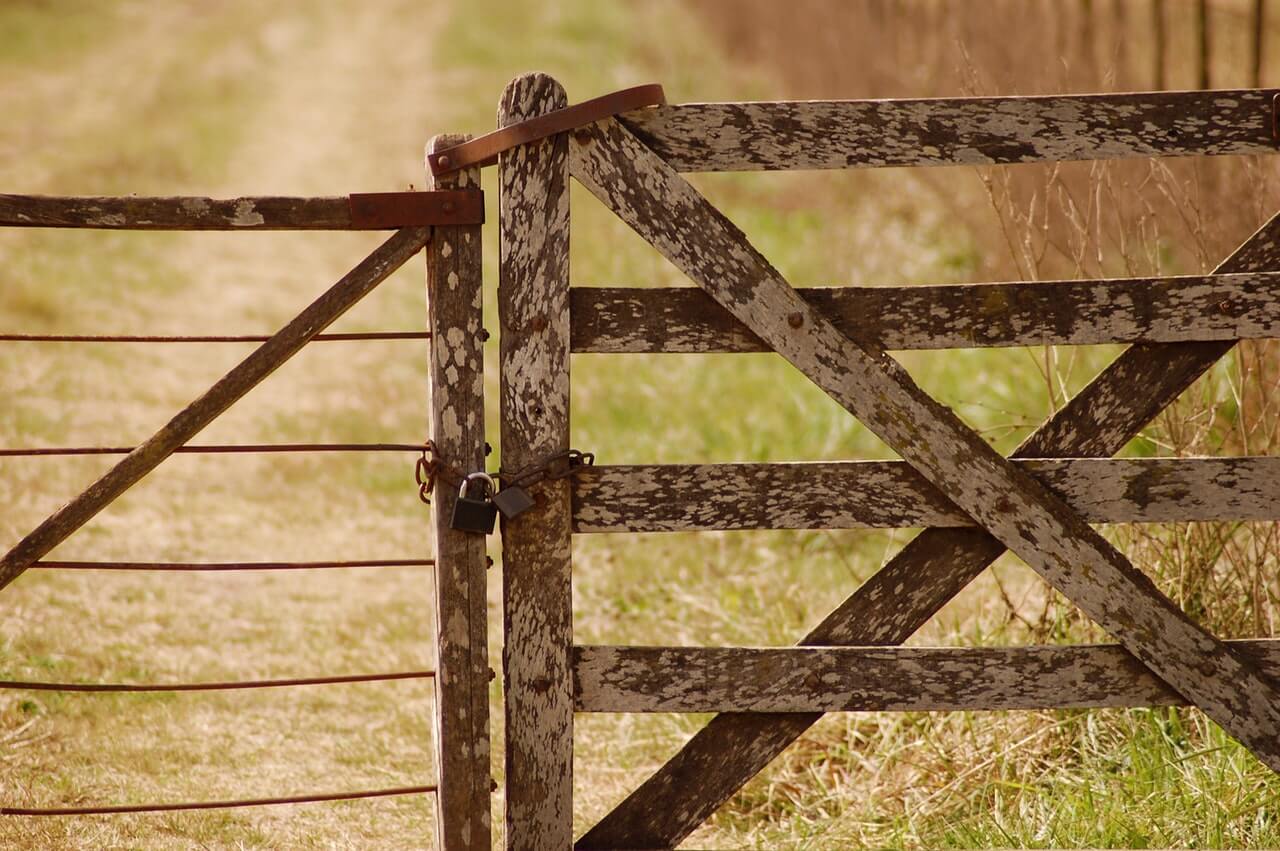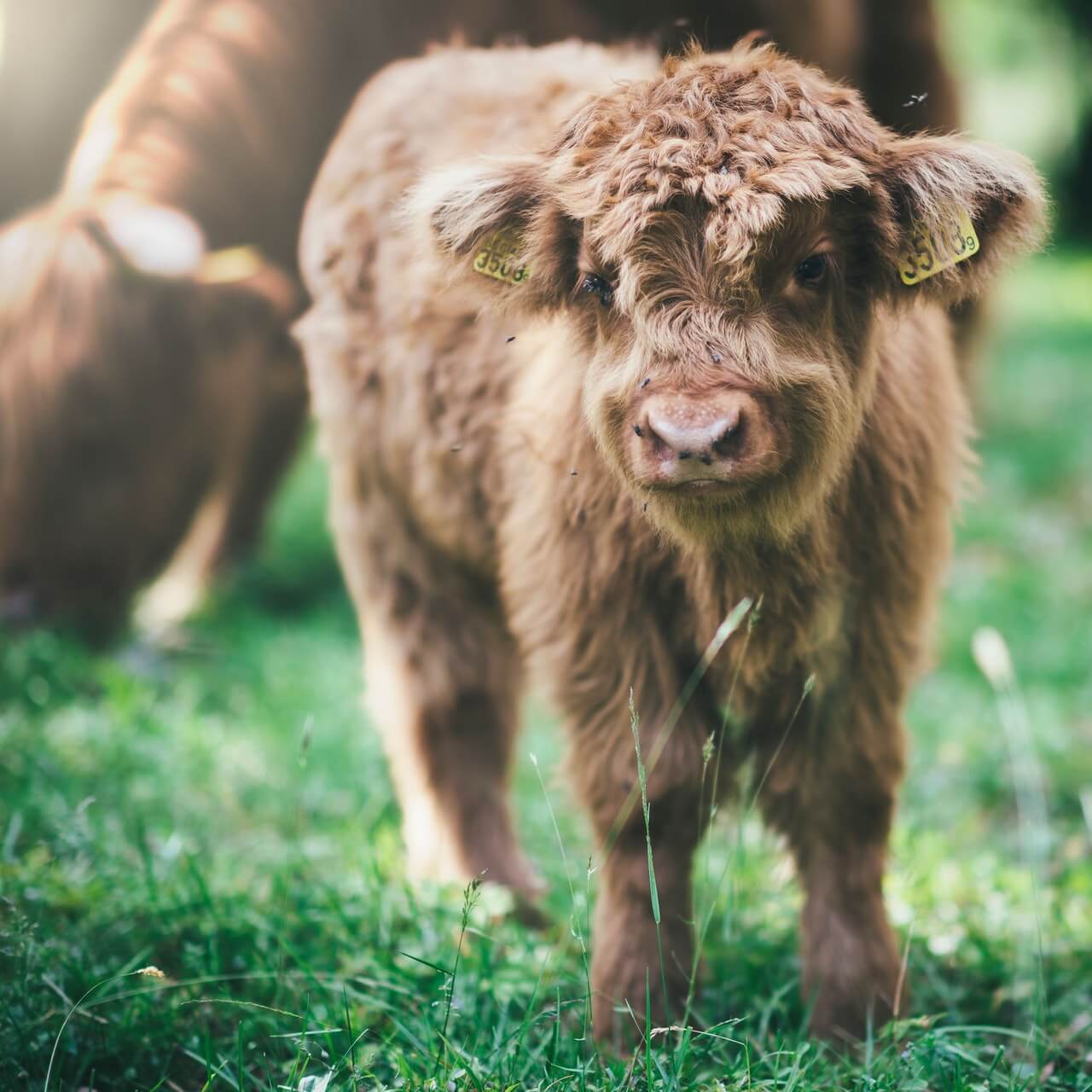
4 Livestock Species And Their Electric Fence Needs
Your livestock is an investment of time, money, and resources. Don’t let your investment go to waste with faulty fencing. JAG Products, Inc. keeps your
Establishing a durable and reliable electric fence is your best choice for keeping livestock in and predators out. Proper installation is the key.
We’ve rounded up some of our best blog posts to help you get started!
Because electric fencing relies on completed circuits, your electric fence setup takes a lot of thought and consideration on the front end. Doing so now means that you won’t be faced with a tough situation that costs you time, money, and resources later.
You’ll want to start with the right charger, installed in a spot that ensures adequate power, as well as protection from the elements. Near the charger, at the start of the fence line, you’ll install ground rods to ensure that your fence is able to make a complete circuit. We’ve got solutions for both hot fences and hot/ground fences.
Choosing the right posts for your land and livestock saves you time and money. With a range of options, including treated woods and metals, we’ll help you choose the product that best fits your needs. We offer products that keep your posts well-insulated from the charge of the fence, including our Inverse ™ insulators to offer flexibility and durability.
Next, we’ll help you understand the pros and cons of different fence materials, including poly-rope, poly-tape, and high-tensile wires. Don’t forget to check out our livestock resources, where we detail which materials are compatible with different animals!
Finally, you can learn more about safely installing electric fence gates. These allow you to safely enter and exit the pen without risking a jolt!

Your livestock is an investment of time, money, and resources. Don’t let your investment go to waste with faulty fencing. JAG Products, Inc. keeps your

Establishing a durable and reliable electric fence is your best choice for keeping livestock in and predators out. Proper installation is the key. We’ve rounded

Your choices in electric fence post installation will be largely based on what critter you’re trying to contain. You’ll also want to consider your budget,

When working on ground rod installation for your electric fence setup, there are two major considerations that will determine the effectiveness: 1. How Conductive The Soil Is
Copyright © JAG Product Inc. 2022 | Website Design and Development Snowy Mountain Marketing